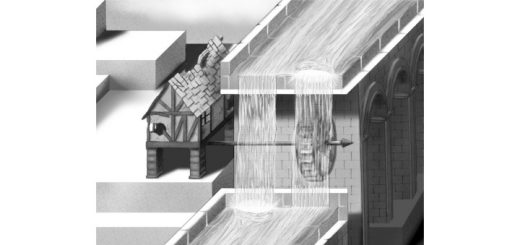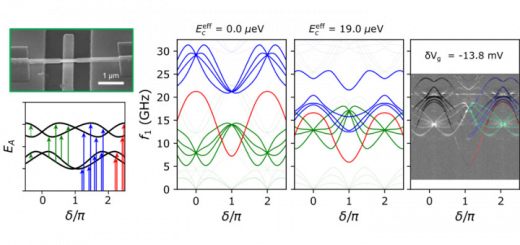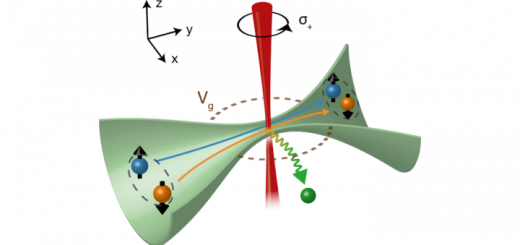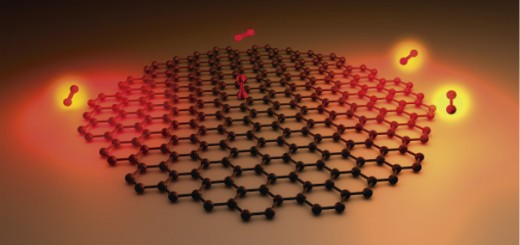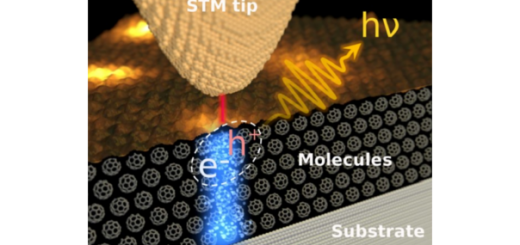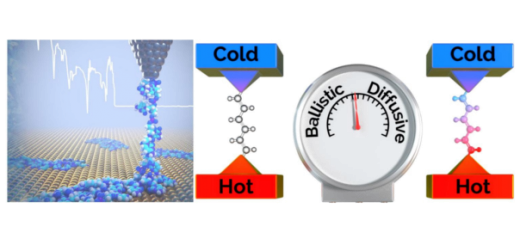Periodically nanostructured graphene
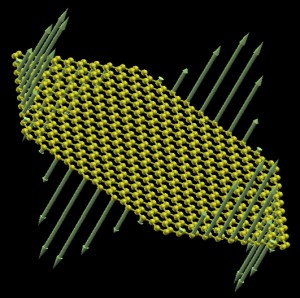 Wednesday, 12th Dicember 2012. 12:00-13:00
Wednesday, 12th Dicember 2012. 12:00-13:00
Amadeo L. Vázquez de Parga
(Departamento de Física de la Materia Condensada, UAM and IMDEA-Nanociencia)
ABSTRACT:
Ultra perfect graphene monolayers, islands and ribbons can be epitaxially grown on different single crystal metal surfaces under Ultra High Vacuum conditions. These graphene layers are spontaneously nanostructured in a periodic array of ripples by the moiré patterns caused by the difference in lattice parameter with the different substrates.
We characterize its perfection at the atomic scale by means of Scanning Tunnelling Microscopy (STM) and determine its electronic structure in the real space by local tunnelling spectroscopy (STS). In-situ STM imaging of graphene monolayers on Ru(0001) reveals periodic corrugations with 12×12 periodicity. The apparent corrugation depends strongly on the bias voltage and can even be inverted above +2.6 V, revealing that, in addition to the geometric corrugation, a much stronger electronic corrugation exists. Moiré patterns have been observed with STM on different systems and their interpretation, in some cases, is not straightforward. The main reason is that in STM images the geometric corrugation and the electronic structure are entangled [1, 2]. Graphene grown on Ru(0001) presents periodic variations in the electronic structure induced by the chemical interaction between the carbon atoms and the ruthenium ones. By means of STS we observe inhomogeneities in the charge distribution along the moiré unit cell [3]: The surface potential landscape can be explored with nanometer resolution measuring the Field Emission Resonances (FERs). For graphene on Ru(0001) we have found differences in the value of the surface potential depending on the position on the moiré pattern. The energy position of the first FER presents strong spatial variations due to the hybridization with a Ru(0001) surface resonance [4].
We have been using this periodically nanostructure graphene to growth electron acceptor molecules like 7,7’,8,8’-tetracyano-p-quinodimethane (TCNQ). The graphene overlayer electronically decouples TCNQ molecules from the Ru(0001). The energy position and spatial distribution of the molecular frontier orbitals for a single molecule are measured by STS maps at 4.6K in ultra high vacuum. The character of the orbitals is determined comparing the experimental data with DFT calculations. When the molecular coverage is increased the molecules begin to form chains that finally cover completely the graphene surface. The STS measurements and DFT calculations show that the interaction between the TCNQ molecules is via a saturated C≡N…H-C bonds. STM images show the formation of a spatially extended intermolecular band connecting the TCNQ molecules [5].
[1] B. Borca, S. Barja et al., New J. Phys. 12, 093018 (2010).
[2] D. Stradi, S. Barja et al., Phys. Rev. Lett. 106, 186102 (2011).
[3] A.L. Vázquez de Parga, F. Calleja at al., Phys. Rev. Lett. 100, 106802 (2008).
[4] B. Borca, S. Barja et al, Phys. Rev. Lett. 105, 036804 (2010).
[5] M. Garnica, D. stradi et al, submitted (2012).









